Cryptomeria Globosa Nana is also known as Japanese cedar. It is famous because of its beautiful spiny foliage that has a bush-like appearance. This is an evergreen shrub that was initially found in Southern China and Japan. It needs very little care to thrive but it can suffer a lot of growth-related problems because of improper climate and other causes.
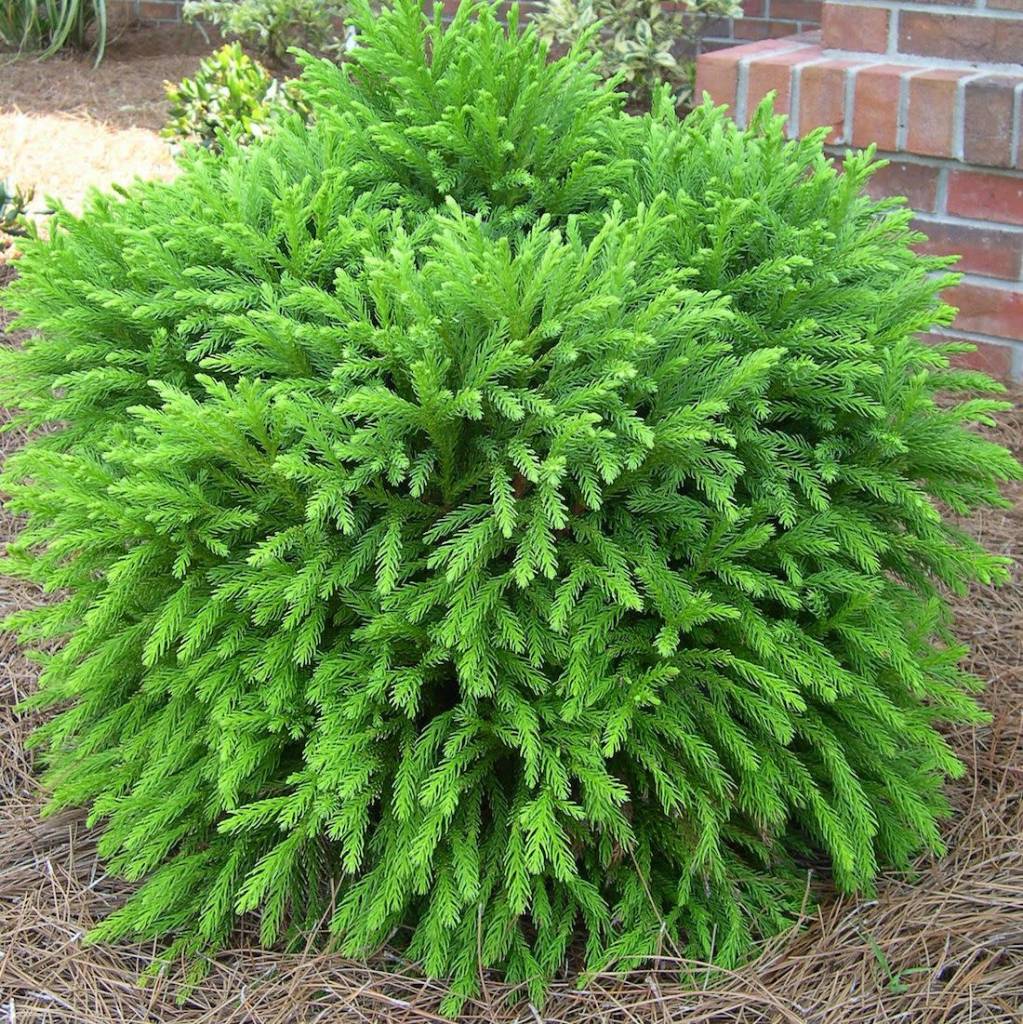
This post highlights some of the major causes of Cryptomeria Globosa Nana turning brown and how you can fix them. Read till the end to know the best solution for every problem that your Cryptomeria plant has been facing till now.
Why is Cryptomeria Globosa Nana turning brown?
Cryptomeria Globosa Nana may turn brown due to many reasons including improper watering, the temperature of extremities, etc. Read on to know all the possible causes of this plant turning brown along with the appropriate solution:
1. Improper watering
Both overwatering and under-watering can lead your Cryptomeria Globosa Nana to become brown. If you see symptoms like yellowing of leaves initially, it is a sign that your soil is overwatered. On the contrary, Cryptomeria Globosa Nana turning brown is a sign that your plant needs more water.
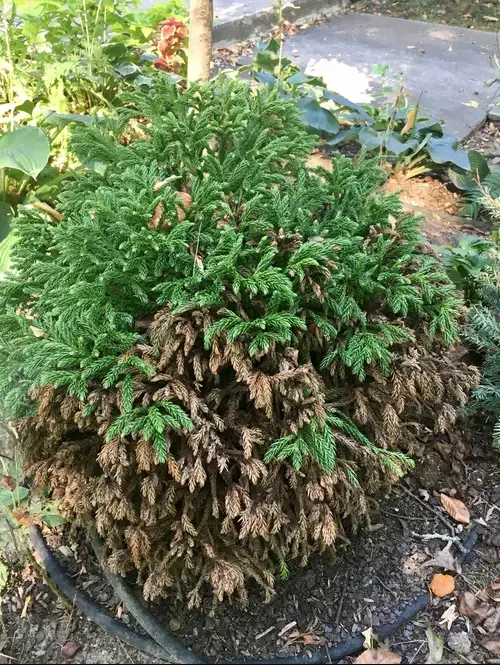
Solution
The root system of your plant must be watered adequately for getting rid of this problem. You must have a clear idea about the proper water requirements of your Cryptomeria. Usually, these plants don’t need too much watering for a long time. When they get established in the initial six and nine months after planting, you must check the soil that surrounds the base of your plant.
In drought situations, Cryptomeria may become brown towards the center. You must drench this plant base with ample water to get rid of this time. It is recommended to maintain moisture in the soil to an approximate depth of 2-3 cm in their first growing season.
2. Frost attack
Cryptomeria is more vulnerable to frost attacks because the needles lose water in the process of evaporation. Winter winds may cause severe damage to this plant by deriving moisture from leaves and stems. If you find that the plant starts turning brown near the needle tips and lead blade, know that these are the most common signs of frost attack.
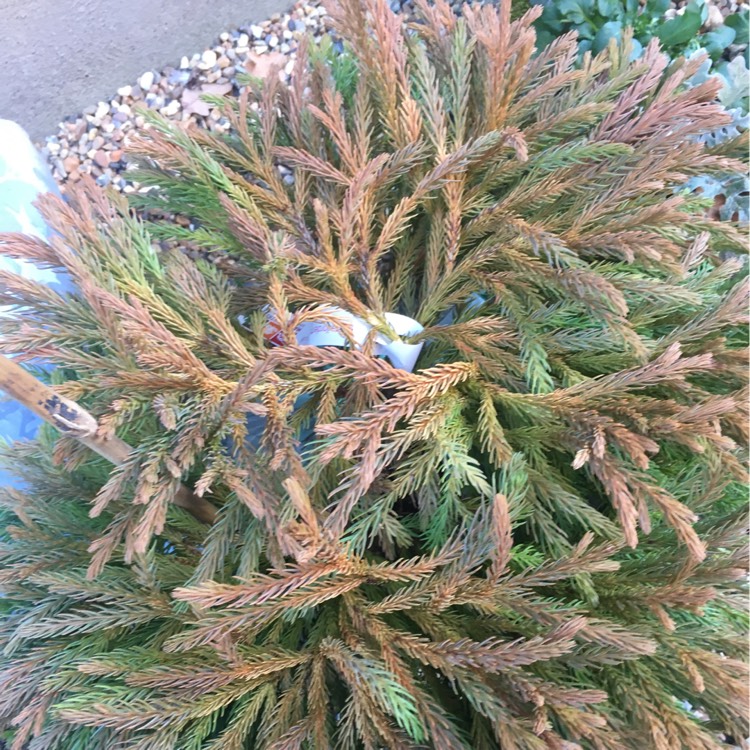
As the condition becomes worse, your Cryptomeria may turn completely brown in the winter season. Generally, the foliage of Cryptomeria starts becoming brown in the winter season because of its physiology. Though, if symptoms continue with drying out and leaf shedding, you must not be negligent about the signs.
Solution
To safeguard your Cryptomeria against wintry winds, some practices can be effective. A snow frame or shrub shelter can keep your plant protected in the cold weather. Ensure that you make one out of biodegradable items only. Tree wraps can work effectively. These are those parts of the plant which can be protected easily. You can use these wraps to cover the heavy stems of your plant.
3. Fertilizer burn
Fertilizer overdose can lead to the formation of a salty layer on the surface of the soil. It is quite difficult for plants to take up water from the soil in those conditions. This has a huge impact on those plants, most commonly by burning the tips which have become brown. Japanese cedar brown tips or Cryptomeria are a commonly found symptom of this type of fertilizer burn. So, if you find these issues, check out the fertilizer schedule along with soil type real soon.
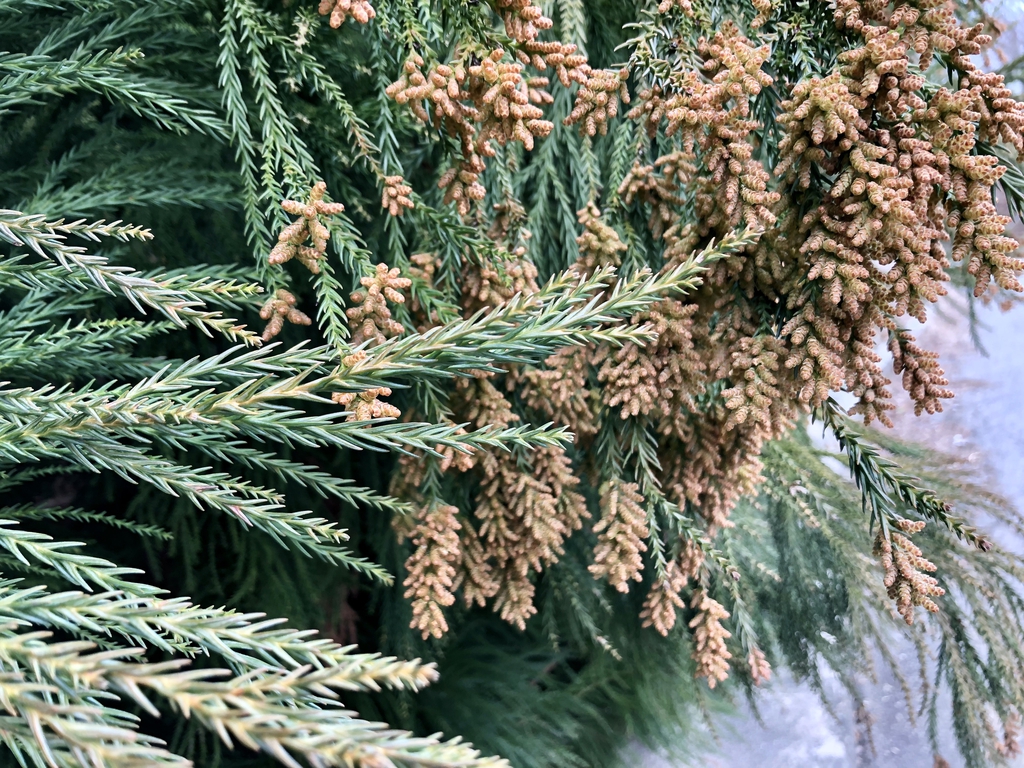
Solution
Choose a good fertilizer for Cryptomeria. You can find them both online and offline garden stores. If you notice a salty layer on your soil, start by removing this from the surface. Then, provide sufficient water to make the extra salts in the water leach out.
4. Pest attack
Cryptomeria diseases and pests can cause serious damage to your plant including the foliage during the initial growth stage. Scale insects and Spider mites are the most commonly found insect pests on this plant. These are very small to be seen on the plant. So, you must check for symptoms for tracing these insects.
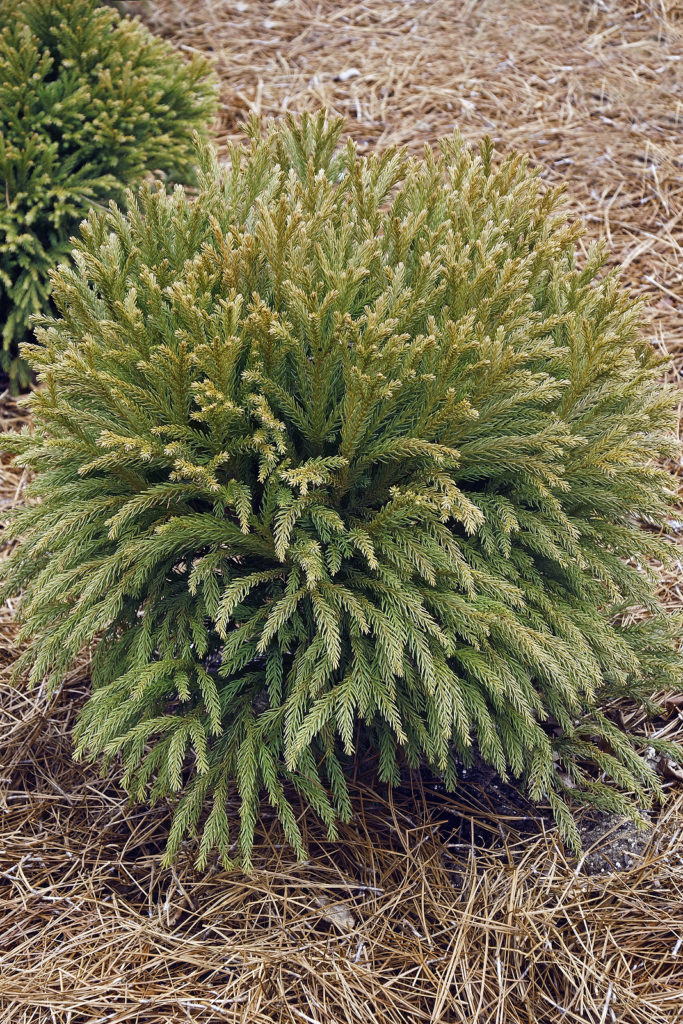
Yellowing of needles or chlorotic damage is the clearest symptom of insect attack. This will eventually become brown and the needles will drop off your plant. If you see these symptoms, take control measures immediately.
Solution
Mostly, splashes of water are effective towards the beginning of an insect attack. But, it may stop working in case of high infestation. In such a case, you can spray soapy water with a bit of Neem oil as this is effective. You can purchase concentrated Neem oil. If you don’t find these methods to be effective, you can just opt for an insecticide instead. Some homemade recipes you can try are:
- Herbal water solution
The ingredients you need in this recipe are rosemary leaves, basil, thyme, and Sage. 10 liters of water. The steps include crushing all herbs together in a container, adding water to the mixture, leaving this overnight, and spraying it to the plant after you strain the liquid. Use a garden sprayer to spray.
- Granola oil
In this recipe, the ingredients you need are 1 tbsp. Ivory soap, 5 tbsp. Canola oil, and 5 liters water. Mix soap and oil by adding water. Pour this mixture into a garden sprayer and start spraying it on your plants.
5. Cryptomeria blight
Blight is a commonly found problem in Cryptomeria plants. It is a pathogenic disease that is caused by a particular Cryptomeria fungus called Pestalotiopsis funerea. You can locate such attacks if you notice yellowing of the tips and then the whole plant. Yellow spots may also show up at the newly growing shoots. Then, you may find that these areas turn brown and lead to the formation of blight. In most cases, the older and lower leaves are vulnerable to such damage.
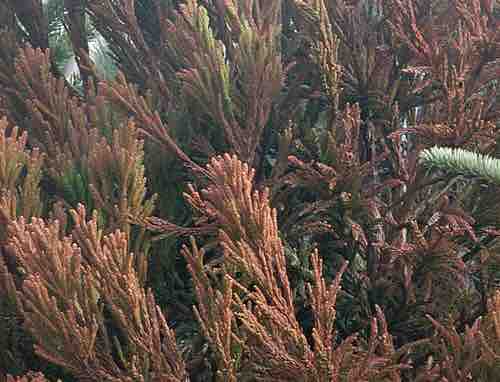
Solution
Treatment of Cryptomeria blight is very much needed as it can kill your plant with time. So, if you think of solving this problem, you first need to shift to a few cultural practices. At the initial stage, trimming is the easiest and cheapest method to try. You can cut off all the infected twigs and leaves as soon as you see signs of the disease in your plant.
However, you must keep in mind that blight can get transmitted through trimmed-out cuts. So, it is better that you choose dry weather to use this method. Also, don’t overwater your plant until the cuts are healed.
6. Wrong soil type
The overall health of your plant is largely determined by the soil in which you’ve potted the plant. Wrong types of soil can restrict sufficient nutrient and water intake making the plants turn brown. Cryptomeria plants grow properly in well-drained and fertile soil that has a low ph.
Usually, neutral to acidic soil with a pH of 7.0 to 5.0 is ideal. Dark green leaves, brown spots, and browning in Cryptomeria plants are clear symptoms of problematic soil. They are potential factors that can even kill your plant if not treated.
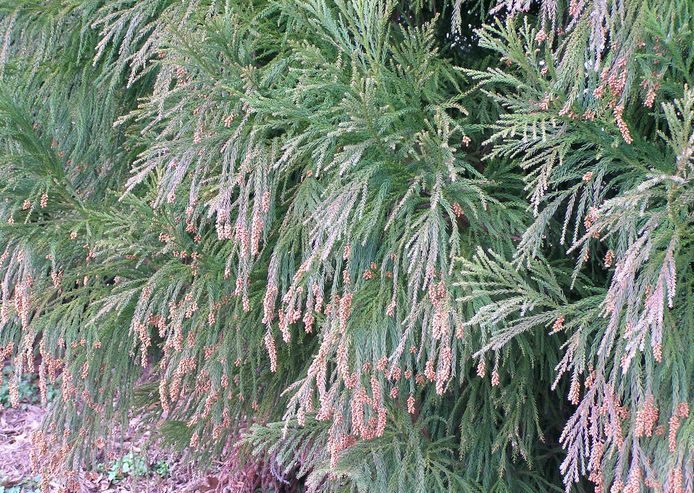
Solution
You can increase the moisture retaining capacity of your soil by adding peat moss or organic manure. This will cause the runoff process to slow down and make the water easily accessible in the root zone of the plant. In the pot soils, you can mix 50% pine bark with 50% clay as a potting medium if you’re using clay soil. To decrease the pH of the soil, you can add the required amount of Sulphur. You can also use fertilizers that contain Sulphur.
7. High temperatures
Excessive cold and hot weather can be problematic for garden plants. Cryptomeria foliage can be burnt out easily in hot weather. Mostly, needle leaves are shed off with a burnt look as this indicates that your plant needs to be protected against high temperatures.
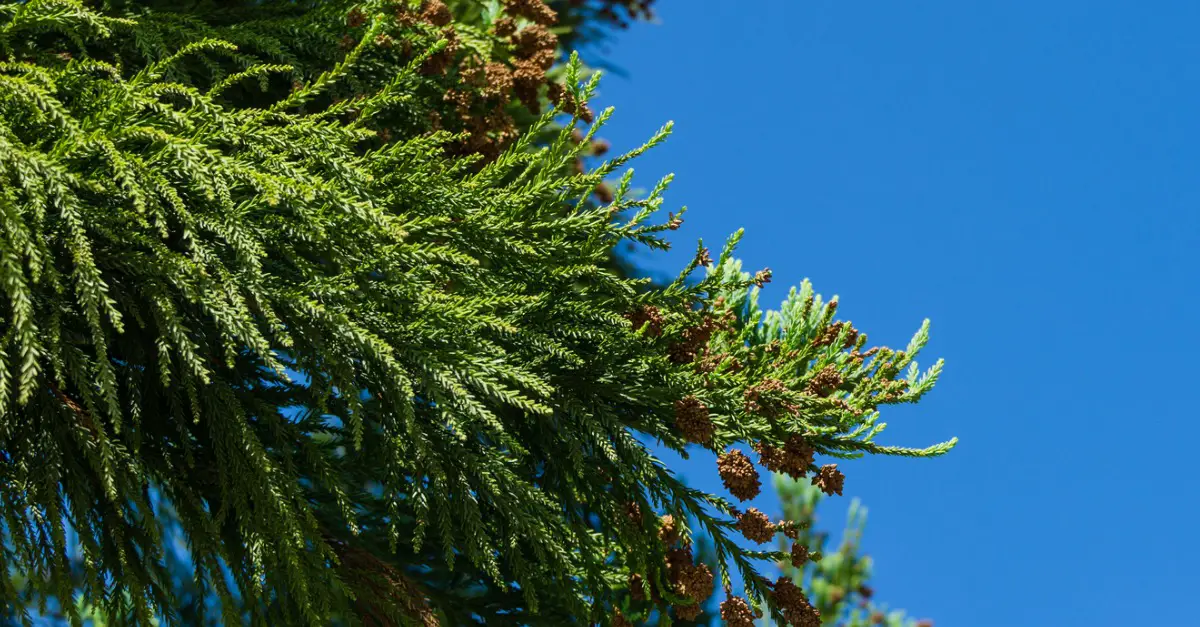
Solution
It is good to avoid direct sunlight for your potted plants. You can do this only before the transplantation of Cryptomeria. So, if you live in a hot and humid climate area you must select a place where sunlight is available partially. Cryptomeria can survive in partial exposure to the sun. So, if you live in an area where the days are very long and the climate is severely hot, you must provide artificial shelter to your plant. Another useful method to remove this cause is using mulches. This will help the soil in retaining moisture and will give relief to your plants.
Conclusion
These are the common causes why your Cryptomeria Globosa Nana may turn brown. If you find anyone these problems with your plant, use a suitable fix immediately to get rid of the cause. Before using any treatment process, you must be sure about the cause. If you see your Cryptomeria plant is turning brown, start figuring out the reason that will be anyone of these mentioned above. Once you confirm the cause, use the proper treatment.

![Cryptomeria Globosa Nana Turning Brown [7 Causes & Solution]](https://www.plantsofmerit.org/wp-content/uploads/2022/08/Cryptomeria-Globosa-Nana-Turning-Brown-7-Causes-Solution.jpg)